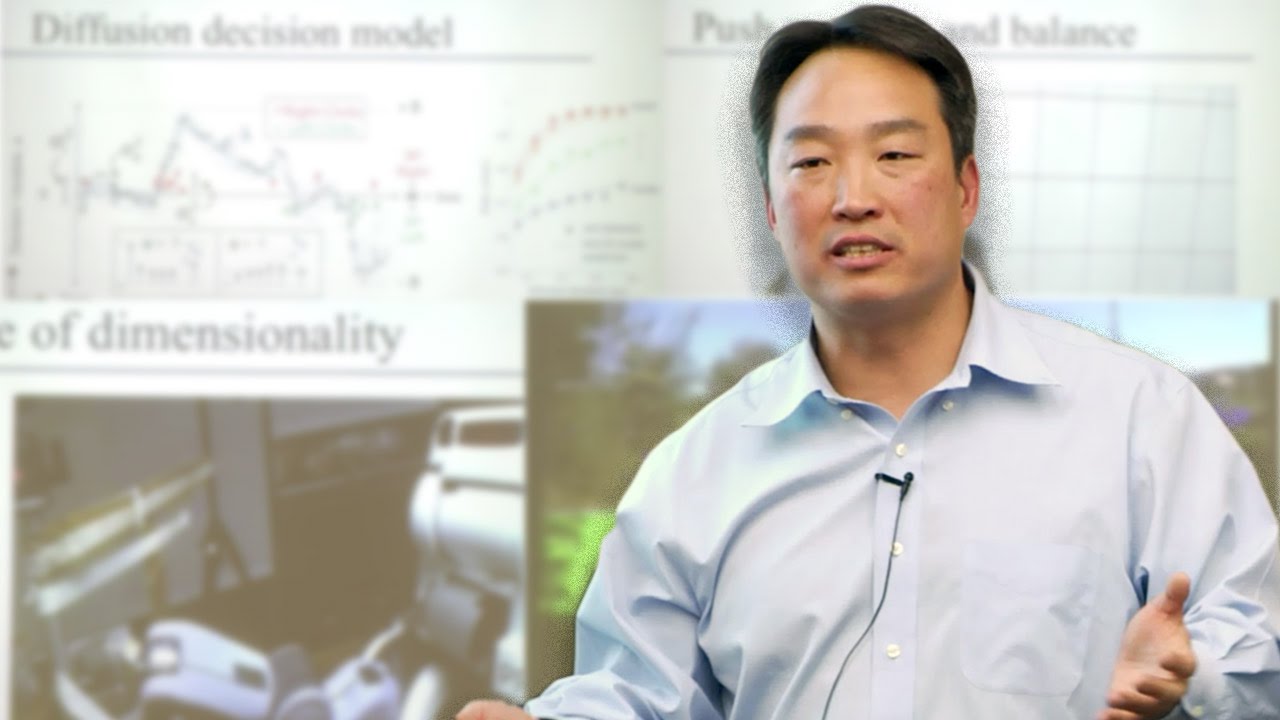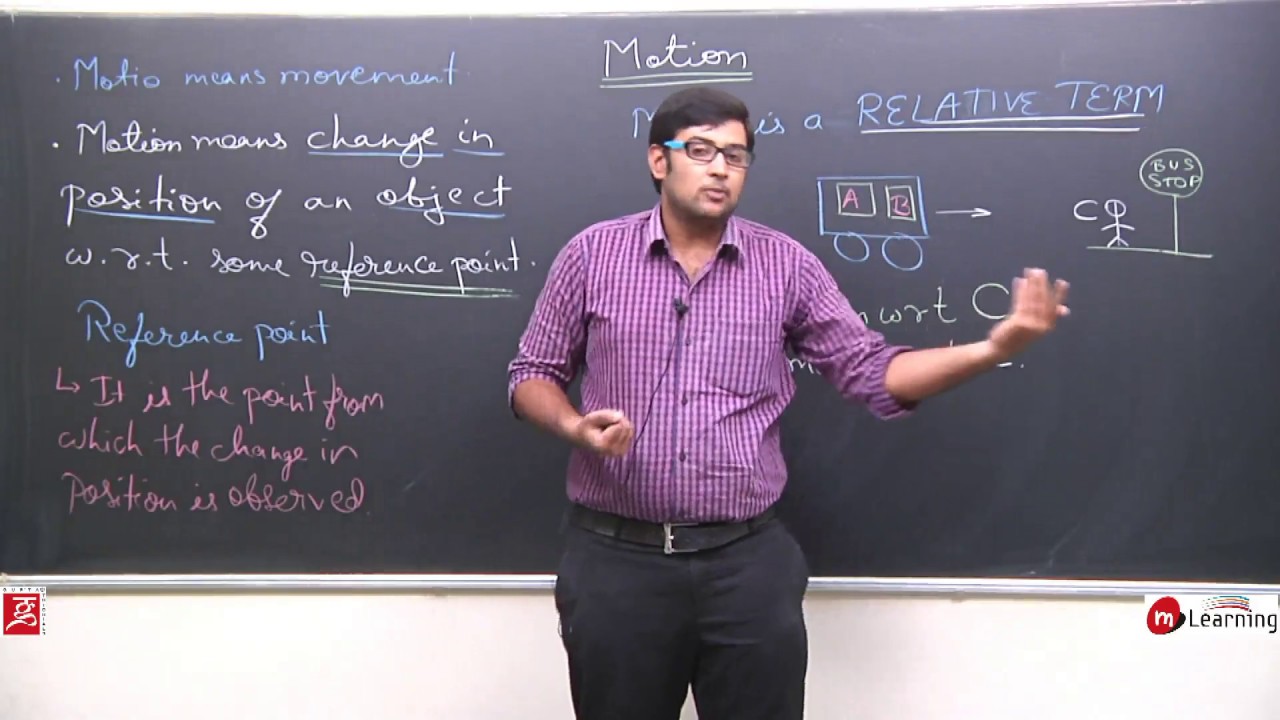cmurobotics
Daniel D. Lee
Professor, University of Pennsylvania
January 15, 2016
Abstract
Current AI systems for perception and action incorporate a number of techniques: optimal observer models, Bayesian filtering, probabilistic mapping, trajectory planning, dynamic navigation, and feedback control. I will describe and demonstrate some of these methods for autonomous driving and legged and flying robots, and contrast these models with neural representations and computation in biology. I will also highlight some new research on machine learning for these systems, and discuss the role of geometrical structures and noise in synthetic and biological approaches to classification and decision making.
Speaker Biography
Daniel Lee is the UPS Foundation Chair Professor in the School of Engineering and Applied Science at the University of Pennsylvania.He received his B.A. summa cum laude in Physics from Harvard University in 1990 and his Ph.D. in Condensed Matter Physics from the Massachusetts Institute of Technology in 1995. Before coming to Penn, he was a researcher at AT&T and Lucent Bell Laboratories in the Theoretical Physics and Biological Computation departments. He is a Fellow of the IEEE and has received the National Science Foundation CAREER award and the University of Pennsylvania Lindback award for distinguished teaching. He was also a fellow of the Hebrew University Institute of Advanced Studies in Jerusalem, an affiliate of the Korea Advanced Institute of Science and Technology, and organized the US-Japan National Academy of Engineering Frontiers of Engineering symposium. As director of the GRASP Laboratory and co-director of the CMU-Penn University Transportation Center, his group focuses on understanding general computational principles in biological systems, and on applying that knowledge to build autonomous systems.
Source




Genius. Everything presented here is exceedingly clever. 🙂